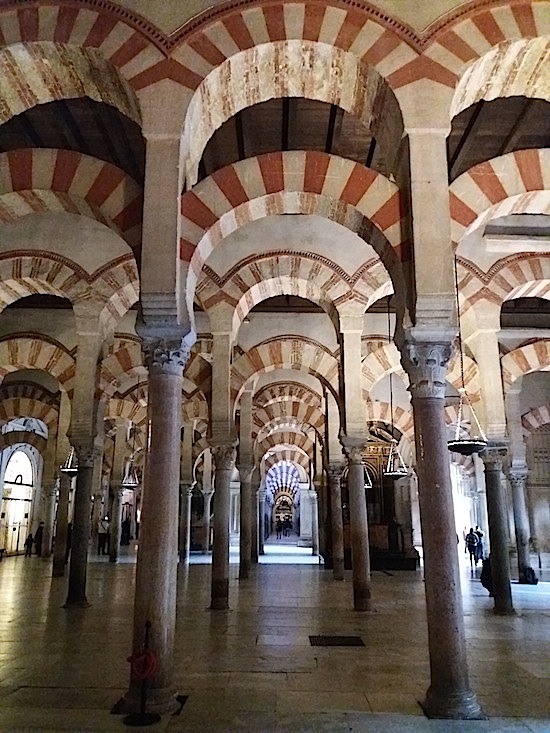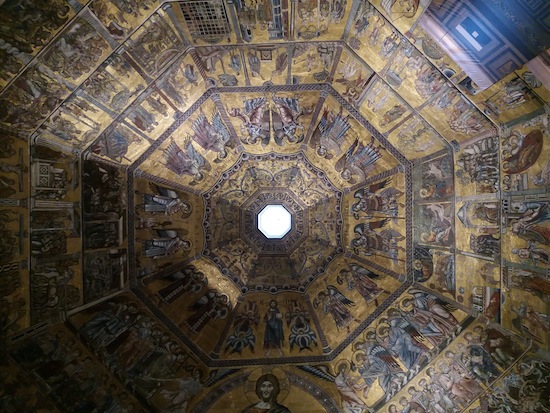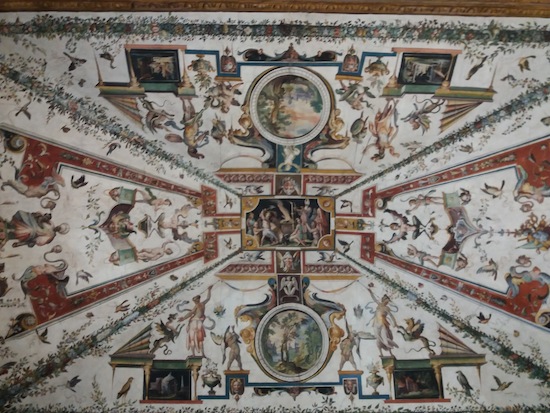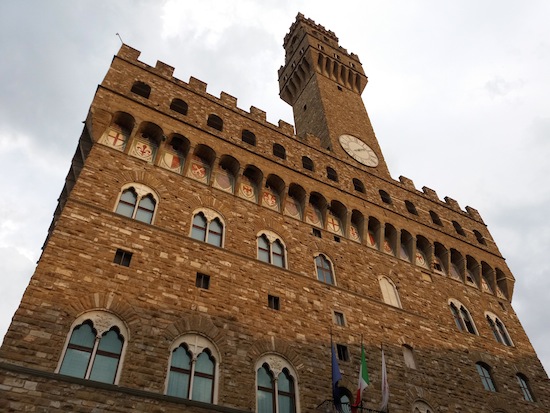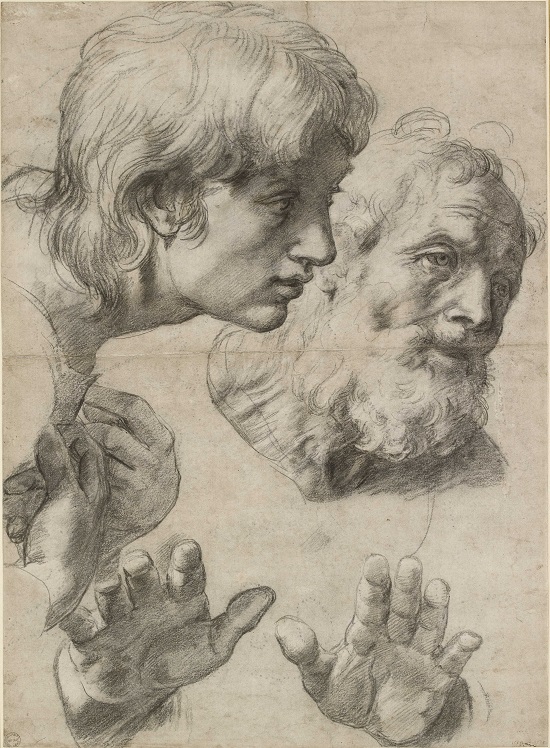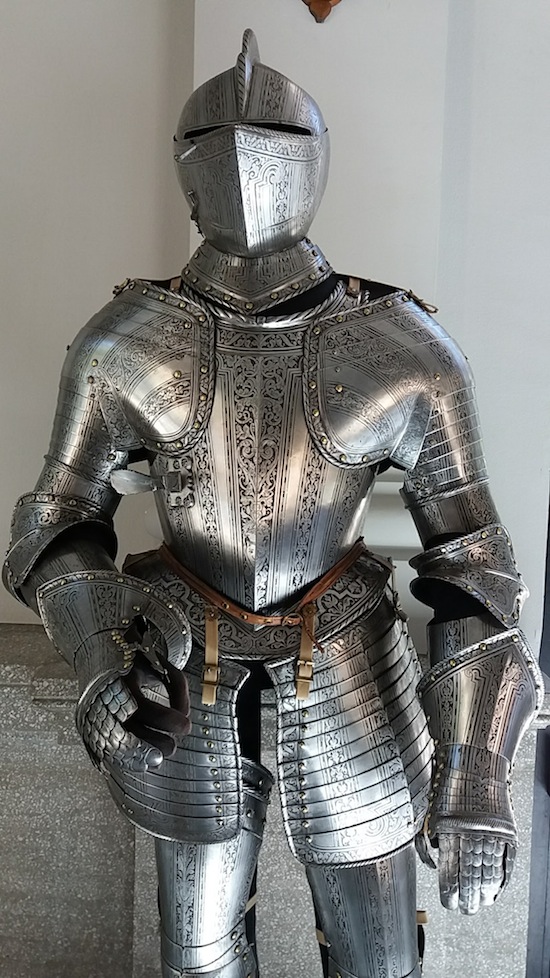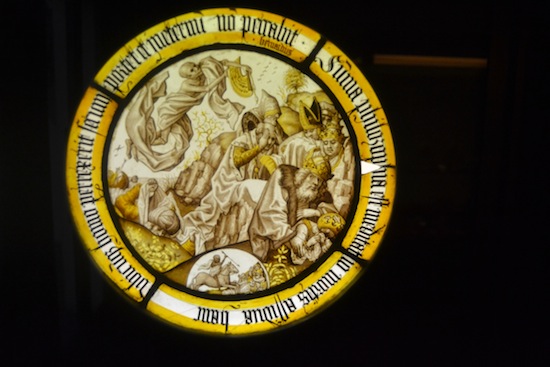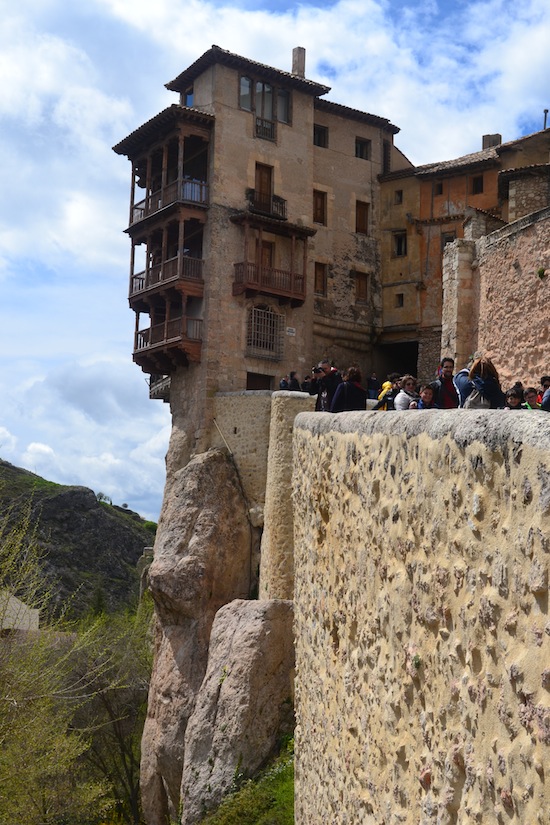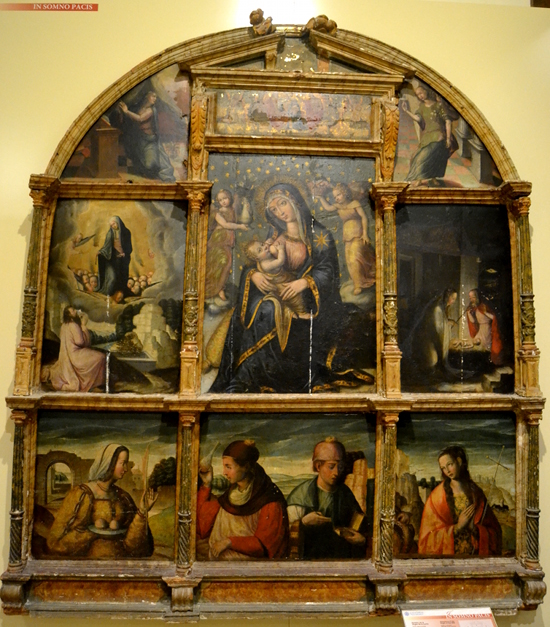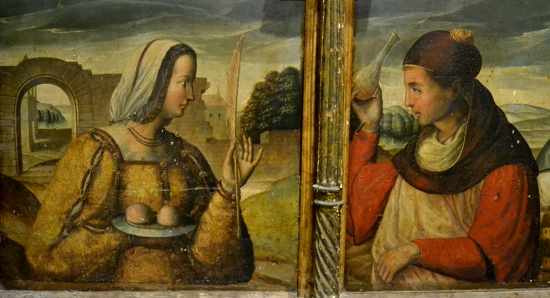Spectacular Church Frescoes in Valencia, Spain
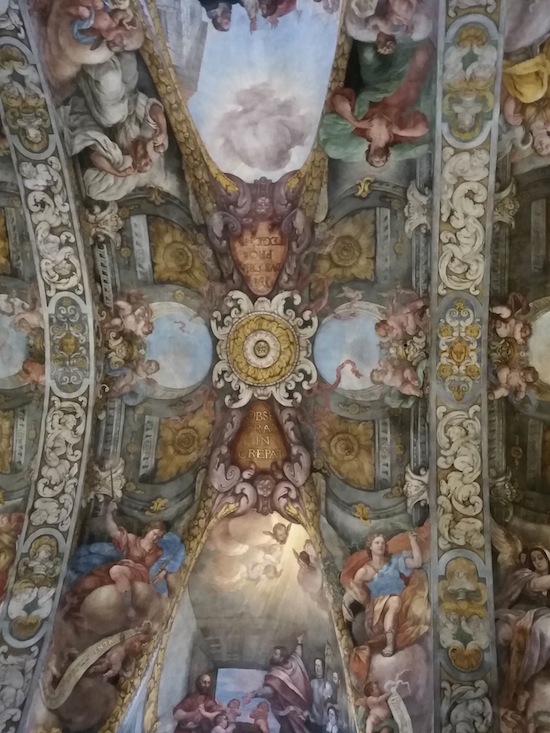
In my last post, we looked at some of Valencia’s ancient ruins, but of course this historic Spanish port has more to offer. Perhaps the city’s most impressive sight is the Church of San Nicolás.
Like so many other European churches, it’s built on the remains of an old pagan temple from the Roman times. The first Christian building on the site was founded by James I of Aragon (ruled 1213-1276) and donated to the Dominicans.
In the 15th century, the church was greatly refurbished, taking on a Gothic style and the addition of a rose window.
When I visited a couple of weeks ago, I barely noticed those medieval elements. They’re almost invisible next to the flamboyant Baroque frescoes covering the entire vault. Painted between 1690 and 1693 by Juan Pérez Castiel, these frescoes have been brilliantly restored in recent years.
